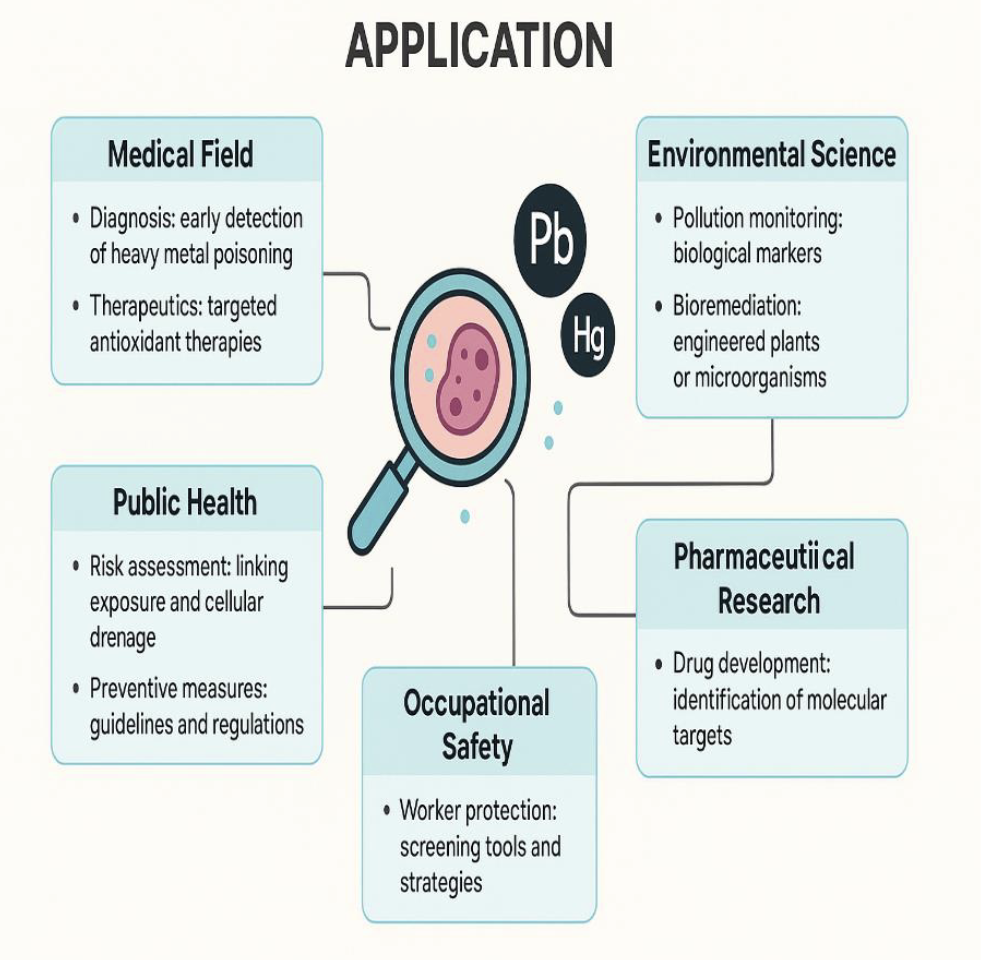
From: Journal of Biomedicine and Biochemistry
Heavy metals such as lead, mercury, arsenic, and cadmium are ubiquitous environmental contaminants that pose significant health hazards. These metals disrupt normal cellular processes by inducing oxidative stress, lipid peroxidation, and DNA damage. On the molecular level, they interfere with enzymatic functions, disrupt calcium homeostasis, and trigger apoptosis or necrosis. Chronic exposure is linked to carcinogenesis, neurotoxicity, nephrotoxicity, and endocrine dysfunctions. This review examines the cellular and molecular mechanisms underlying heavy metal toxicity, highlighting recent findings on oxidative stress pathways, mitochondrial dysfunction, and inflammatory responses. It also discusses current strategies for detoxification and the role of chelation therapy. Better understanding these mechanisms is vital for developing preventive measures and therapeutic interventions to mitigate toxic effects.
